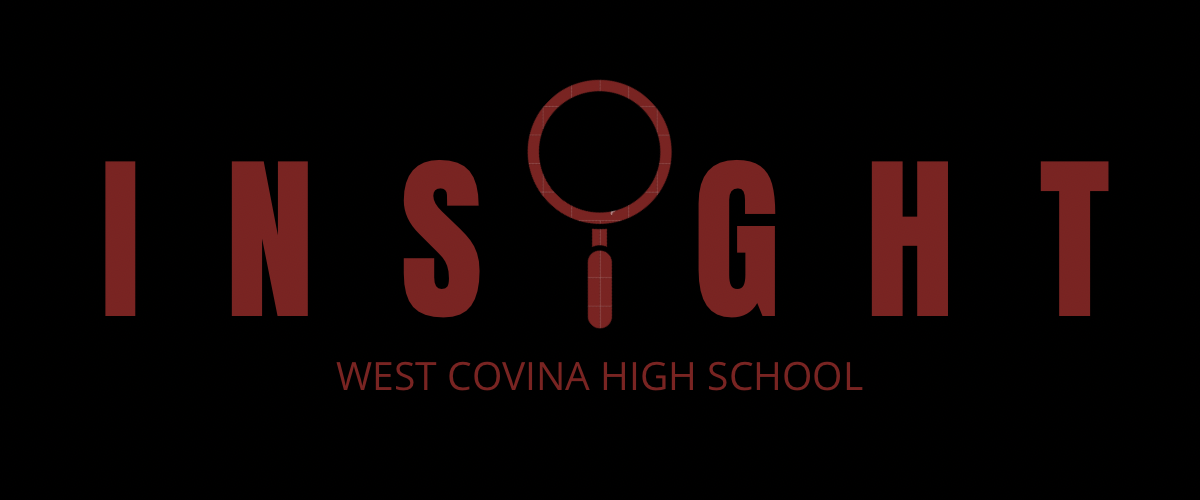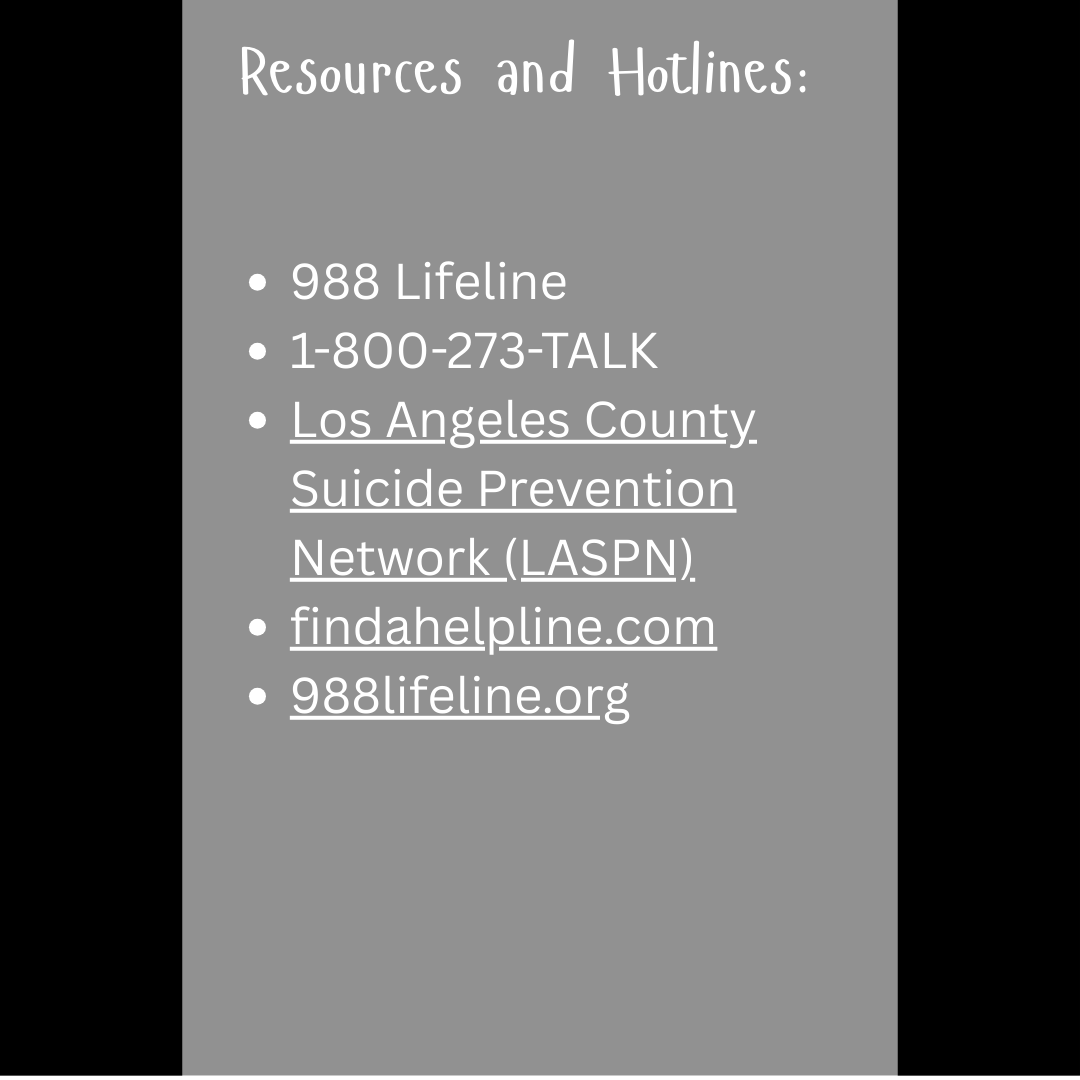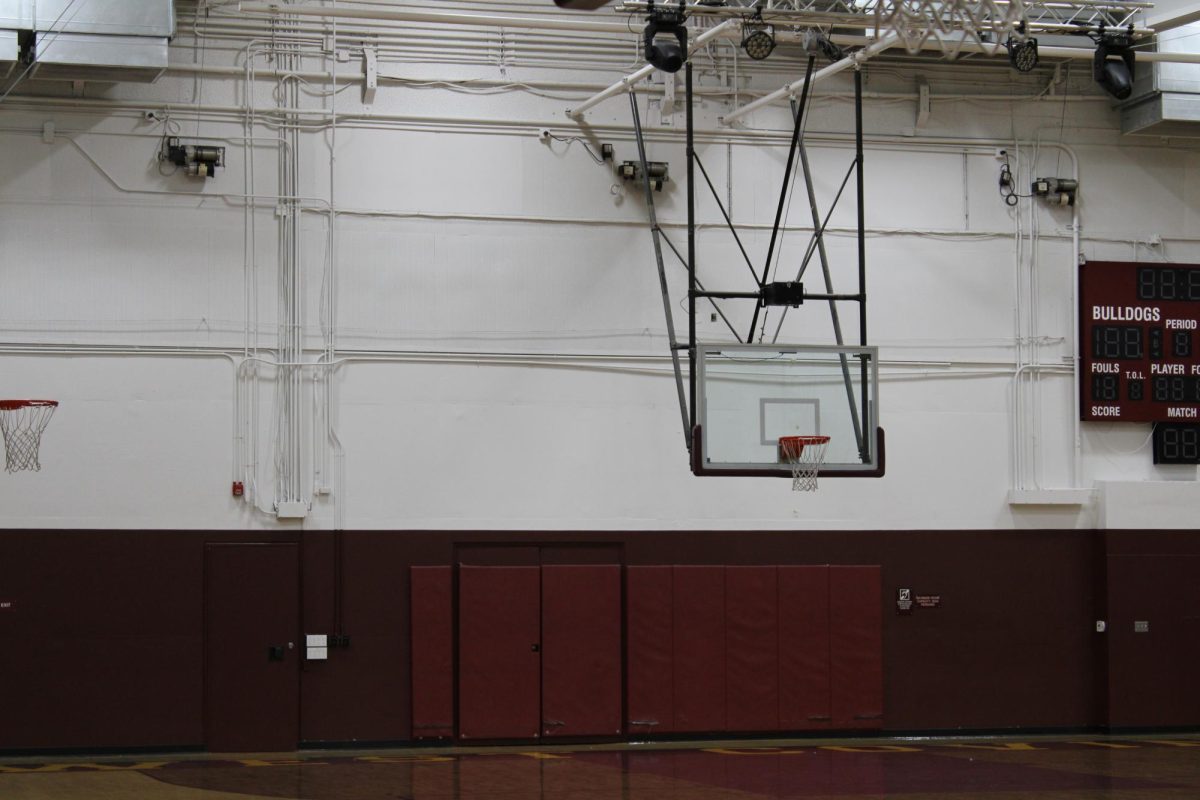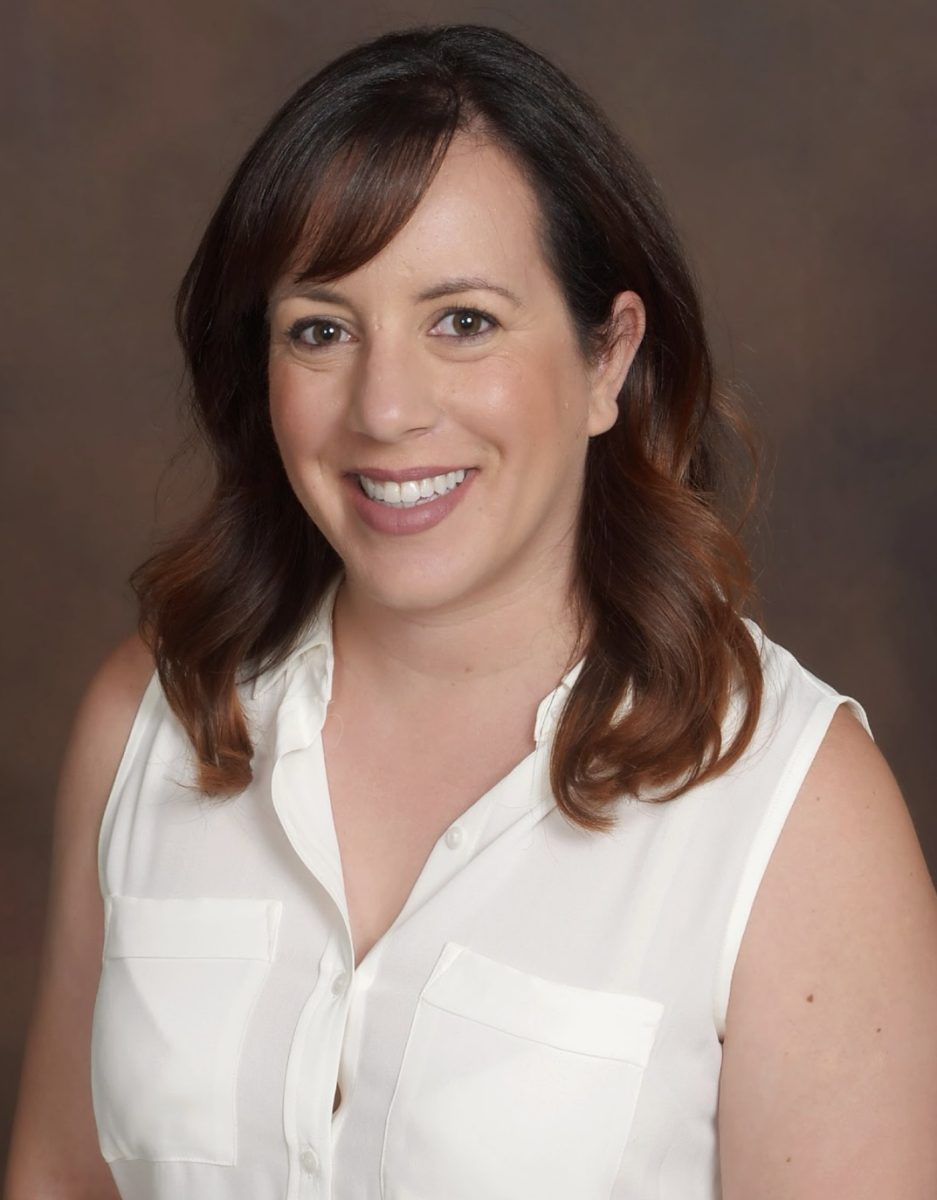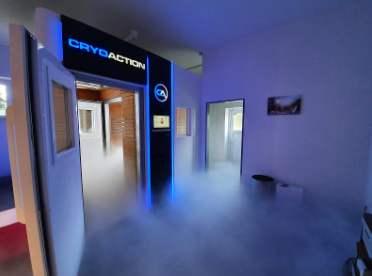
The Performance Rehab Lab, or The Lab, a new sports rehabilitation center to help student athletes with their recovery process, will open around spring break according to Principal Charles Park. It will include a cryotherapy chamber, an infrared sauna, two ice baths, three taping stations and three tables stationed by students. The school hopes The Lab, funded by the district, can improve student athletics and the sports medicine program while boosting enrollment.
Cryotherapy is pain and injury treatment using cold temperatures. The Lab’s cryotherapy chamber will allow multiple athletes to sit together while receiving the treatment. An infrared sauna uses light to create heat instead of warming the surrounding air. At the taping stations, sports medicine students will wrap muscles and joints to support them and reduce pain.
The Lab, which will be located in the connected rooms, F6 and F8, will be staffed by sports medicine students and the athletic trainer, Celiana Vargas. The Lab will connect to the weight room, where students can do exercises alongside their treatment. This will allow athletes to strengthen their muscles and joints to treat their current injury and prevent future injury.

“The trainer will say, ‘Your knees are weak. You have to do this exercise. Go to the weight room.’ And then you have to just go right through that door, to the weight room, do the exercises, and the athletic trainer will see if you’ve completed the exercises,” Park said.
Although sports help students stay active, learn how to work in teams, make friends and build leadership skills, they do include the risk of injuries.
According to Johns Hopkins Medicine, a school of medicine that conducts biomedical research, children/teen athletes and sports injuries are very common. For example, “In the U.S., about 30 million children and teens participate in some form of organized sports, and more than 3.5 million injuries each year, which cause some loss of time of participation, are experienced by the participants.”
Vargas believes that The Lab will help athletes prevent and reduce injuries.
“It allows me to treat more athletes. So instead of having to pick and choose the minor injuries from the major injuries, we can treat all of them, and it gives the students an opportunity to see how you can prevent the injury from the start versus treating it once it’s already there,” Vargas said.
Vargas also believes that The Lab will have a positive impact on not just athletes, but also sports medicine students.

“The athletes will get professional-level care and quality of care with the athletic training program because we have all this stuff accessible to them. Which is more than some colleges even have, so it’s exciting… And then for the students, they get to participate in this and be a part of it and learn how to use all these modalities and how they are used to treat different injuries,” Vargas said.
Park also understands that these injuries can be impactful and lasting on athletes. Because of this, he believes in the importance of rehabilitation.
“But the injuries that you have as an adult, you go back to, ‘Where did you get that injury?’ You go back to your freshman year of football or senior year playing sports at the high school level, so we want to focus on recovery,” Park said.
According to the National Library of Medicine, a center of biomedical information, cryotherapy is used for injury recovery, pain relief, inflammation prevention and treatment for soreness. In addition to the cryotherapy, according to Massachusetts General Hospital, a teaching hospital and research center, infrared saunas have various advantages, such as: detoxification, pain relief, improved circulation, boosted immune function and relaxation.
Now that these technologies will be implemented in The Lab, athletes can focus on recovery during their sports seasons.
Sophomore Eric Le, a player on the JV boys’ volleyball team, is looking forward to using the infrared sauna the most.
“Yeah, because for volleyball a lot of times our back hurts the most,” Le said.
Le also explains that he thinks the athletic treatment will not only help athletes’ physical health, but also their mental health.
“I mean, having us be injured really affects our mental health as well. Since if we feel like we’re injured, we feel like we can’t do much, and having us heal quicker would boost our mentality and have us play games better,” Le said.
As the popularity of organized sports increases, athletics are becoming more of a factor when picking schools. Now that the district has funded The Lab, Park believes that its establishment will help boost enrollment.
“The reason why we’re making an investment in student athletics is because I know when parents choose high schools for their kids, sometimes the decision is based on athletics… And so this is going to be putting us on the map as a student athletics friendly school, because we’re gonna be the only school, pretty much in California, that has a cryotherapy chamber for a high school,” Park said.
More enrollment means more funding, meaning that if more students enroll in athletics, the school may have more resources to improve the school and create more projects like this one.
The goal of The Lab is to improve athletics and sports medicine while attracting new students. Administrators, staff and athletes believe it will benefit the school.
For more information for photo credits for feature picture: https://commons.wikimedia.org/wiki/File:Kryokomora_nov%C3%A9_generace_od_firmy_CryoAction.jpg

